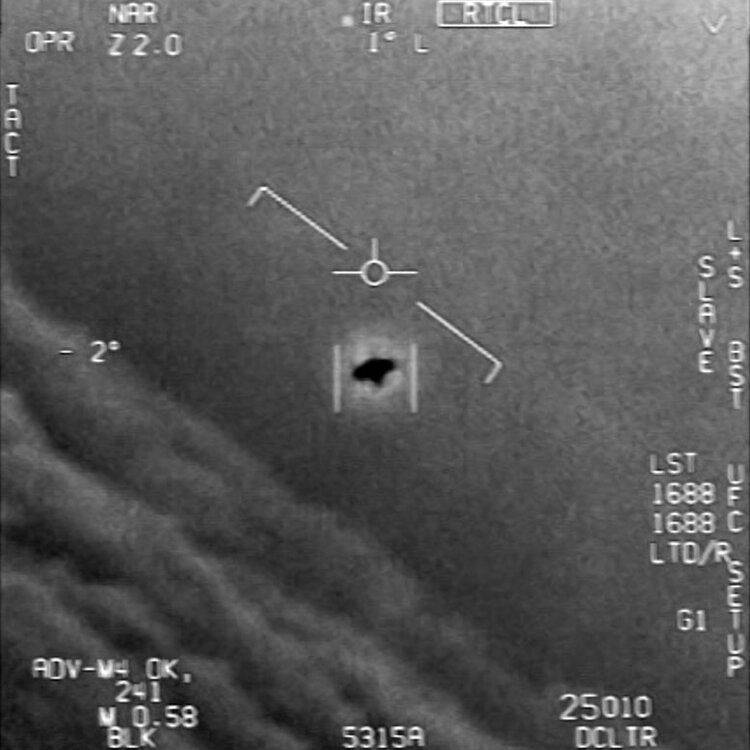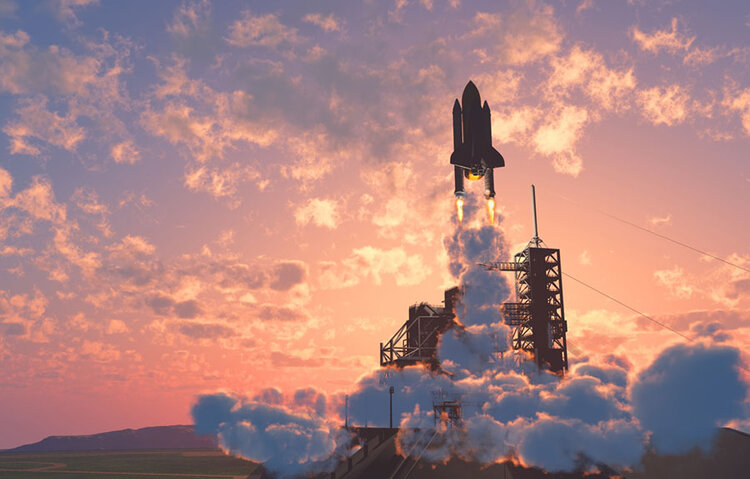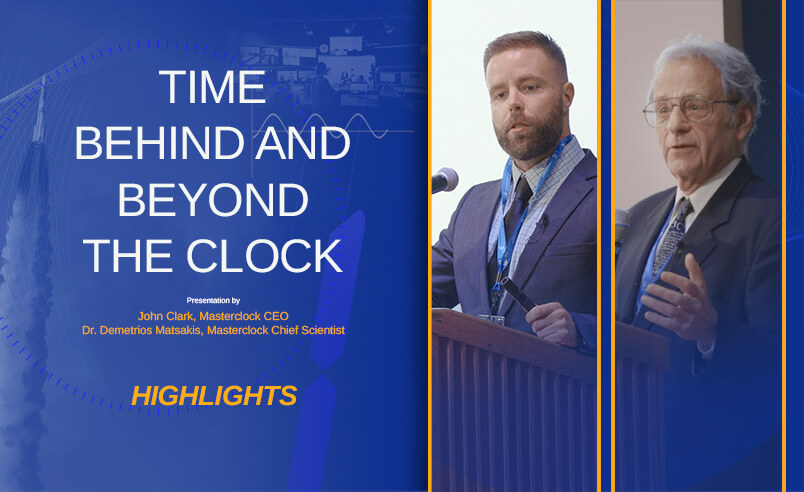09/21/21 By Dr. Matsakis
The Return of ET
In June 2021, the media made much of an unclassified Air Force report on what are now called Unidentified Aerial Phenomena (UAPs), better known as UFOs. [1] Air Force pilots and other reliable people have reported—and functional radar images have shown—strange objects zig-zagging through the air at great speeds in full view of our jets and ships. Extraterrestrial Sighting? [2,3]
The official report claimed that the USA has no technology capable of such maneuvers, and acknowledged the possibility that the UAPs are of Chinese or Russian origin. Yet it seems to me that such smart adversaries would not be so stupid as to let us see their top-secret devices frolicking in our skies.
So does that mean ET has come back?
I’ve always sided with the “not-so-large” majority of people who believe extraterrestrial life probably exists yet do not believe any of the claimed sightings are valid evidence of ET (ET, for the generic extra-terrestrial). [4, 5]
But how many ETs might there be “out there”? It’s important to know because we could, in principle, communicate with them anywhere in our galaxy via a targeted radio beam—if we didn’t mind waiting up to 200,000 years for the radio signals to pass back and forth. The first effort to estimate the number of advanced civilizations we could possibly communicate with was made by Frank Drake in 1961. He estimated the number of stars in our galaxy [6] and made guesses as to how many planets they had on average [7], how many of those could support life [8], how many of those could support intelligent life [9], how many would develop communication technology [10], and how long those civilizations would last. [11] He multiplied those probabilities to get the number of ETs, and his answer was “many.” There were many wild guesses that depended on still more guesses. For example, how large was the “Goldilocks zone,” in which a planet’s distance from its star would make not too cold to have the water always be ice but not so hot that the water would boil. Modern estimates can get the number of galactic Earth-like planets that may be orbiting in that zone to be in the billions.
 Don’t get excited though—it’s a long way from being in the Goldilocks zone to being able to evolve a real Goldilocks and protect her from cosmic threats far more existential than what we have to fear from the misunderstood carnivores of fairy tales. For example, a recent estimate of such threats, published before COVID-19, computes an overall probability of 19% that we will go extinct before 2100. It finds a 5% chance that our destroyer will be molecular nanotechnology weapons, and another 5% that it will be artificial intelligence (AI) [12]:
Don’t get excited though—it’s a long way from being in the Goldilocks zone to being able to evolve a real Goldilocks and protect her from cosmic threats far more existential than what we have to fear from the misunderstood carnivores of fairy tales. For example, a recent estimate of such threats, published before COVID-19, computes an overall probability of 19% that we will go extinct before 2100. It finds a 5% chance that our destroyer will be molecular nanotechnology weapons, and another 5% that it will be artificial intelligence (AI) [12]:
But the Drake equation is probably missing a bigger point. As Nobel Laureate Enrico Fermi pointed out in 1950, if space travel is possible, the first civilization to develop that capability will quickly set up colonies, and those colonies will set up other colonies in a chain reaction that would only take about 2 million years to populate the entire galaxy. [13] Reasoning that if other technological civilizations were possible, it would be very unlikely that ours would be the first to advance to this level. [14] That means some other species should have colonized the entire galaxy, including the Earth, long ago. But that didn’t happen. It’s called the Fermi paradox.
Some have speculated that the Earth is a reservation set aside under some kind of cosmic Environmental Protection Act. If so, maybe the UAPs are under the control of graduate students gathering data for their PhD theses. The UAPs could even be eco-tourists paying for the privilege of seeing our planet’s primitive life-forms up close.
My own theory is more prosaic. First, the Drake equation was too optimistic, because the requirements for life are likely far more stringent than we can imagine—depending on the ratios of trace elements, for example. And the most likely ways life can be exterminated may not even be listed in that table above. What immediately comes to mind is the runaway Greenhouse effect, which made Venus uninhabitable, and the lack of a magnetic field on Mars, which allowed cosmic rays to eventually strip away the atmosphere. But the killer fact is that, without technology that exists only in science fiction, long-distance space travel would be prohibitively hard for the few civilizations that do make it.
Consider this: the next nearest star is Proxima Centauri, four light years away. It has planets, and it may even have some we could colonize. In the long term, to avoid unduly stressing the crew, the acceleration (speed-up) should be limited to 9.8 meters/second/second, the force of gravity that we evolved under [15]. At that rate, it would take a year for the spaceship to reach 70% the speed of light, and it would take about six Earth years to arrive, because the ship would have to start slowing down once it reached the halfway point. According to relativity, the astronauts would have only aged less than three and a half years, so if they were lucky, they could take some selfies, set up shop, mine the planet, raise several children per adult, and launch spaceships to other solar systems. And if they weren’t lucky? Well, that’s life in the fast lane. [16]
But could we possibly have enough fuel to keep accelerating the space ship? Assuming we powered our space-ship with a fuel 10,000 times more efficient than our current best fuel (nuclear), you can calculate that the weight of the fuel would have to be about 200,000 times as much as the weight of the payload that finally arrives[17] at the star. If 100 people brought just their clothes and a few toys, that 25 tons of humanity would require a 5 million tons of fuel, about ten times the weight of the 1,776 stories of Freedom Tower! But wait. We haven’t figured in the weight of the radar and other sensors that would be needed to hone in once they got close—or the scientific, medical, mining, and construction equipment. We’d also have to add plenty of lead to shield the humans from cosmic rays zooming around out there. And we haven’t fed anybody yet. That’s 500 pounds per year per person. But on the plus side, if you confine a bunch of humans in a small area for very long, you soon won’t have to worry about feeding all of them.

Space shuttles use approximately 2,000 tons of fuel for a payload of 80 tons, and can accelerate 8 crew to 30 millionths the speed of light.
Good clocks would be a problem too. Yes, you could pack a rubidium-equipped GMR5000—which in holdover has a frequency error better than 300 ns a day—and compute that it would theoretically be off only a few milliseconds by the time you arrived. You could bring several, but we’ve never tested the holdover characteristics on yearly timescales. Worse, the need to correct for relativistic time dilation over the trip requires prohibitively accurate measurements of the speed with respect to the “fixed stars”, or maybe pulsars. Get the picture? It seems human space travel will only work if our astronauts are put in suspended animation, with AI running the show.
But if AI can handle it, why send humans at all – what about self-replicating probes? The computers could find planets, mine them, launch daughter probes, and of course send YouTube trip summaries back home. They would need far less fuel, because we are not trying to maximize the time dilation for the astronauts. AI hasn’t yet reached the level where it could do this, but quantum computers look promising.
While my opinion on the UAP’s being ET-evidence remains skeptical, maybe the idea that they are probes (or computers that eliminated their creators) isn’t so far off base. People have suggested that Oumuamua might be an intelligent probe —this is the long and narrow object that zoomed through our solar system a few years ago and underwent an unexplainable acceleration on its way out. [18]
It could also be that my pessimism about sending real astronauts is just because I am only thinking in terms of life as we know it [19] and the laws of physics as we know them. [20] The story of humanity, like the story of clock-making, is one of making discoveries that turn what was once thought impossible into something routine. If you can find a way to solve the fuel problem[21], I volunteer to shoot past the black hole in the center of our galaxy and send back detailed messages about my adventures. It would take 26,000 Earth-years to get me there, but thanks to Einstein only 10.6 years of spaceship time! [22]
Footnotes
[1] https://www.dni.gov/files/ODNI/documents/assessments/Prelimary-Assessment-UAP-20210625.pdf
[2] This picture was all over the media. The one I downloaded came from the Stars and Stripes.
[3] Stephen Hawking repeatedly warned us of the perils we risk by encountering advanced extraterrestrial civilizations. As he pointed out, any evil you can name has been done by at least one enlightened, civilized society to less-advanced peoples. Ok, except cannibalism. I’ll give you that. Sci-Fi enthusiasts might appreciate this short short-story: https://dailysciencefiction.com/science-fiction/aliens/zack-lux/nightcrawlers
[4] The movie ET was great science fiction, but beware this: if you try to estimate the passage of time by the angle and position of the Moon, you find it makes no sense. Long ago I wrote Spielberg a polite note about this, using US Naval Observatory stationary. He did not respond.
[5] For example, I do not believe the ridiculous claim that only ETs could have built the pyramids. Archaeologists have excavated the towns where the workers lived, uncovering cuneiform records that detail how much the raw materials cost and how much different workers got paid. They weren’t slaves, but I don’t think they had a union either. A typical worker might get paid a gallon of beer a day, which could be used like money.
[6] Underestimated is a better word. The Milky Way is now believed to have about a trillion stars.
[7] Nine seemed like a good number of planets at that time. These days it would be eight.
[8] Counting Mars and Venus, one might say 3 in 8 are habitable, but some stars are so irregular in brightness or give off so many flares that they would alternately roast, freeze, or denude their planets. Most stars are double or even triple-stars, and that makes for unstable orbits.
[9] While some might guess zero for this one, Drake was slightly more generous.
[10] At that time, communication meant detecting radio and television signals. Now the strongest signals are probably the uplinks of satellite transmissions.
[11] Homo Sapiens have only been in existence for 200,000 years, but earlier hominids like Homo Erectus were alive starting 4.4 million years ago. If you google Gott’s Law, you will find the odds are only 25% that our species will last 3 times longer than it has already. If you want the long shot, the odds are 2.5% that we will last 8 times longer. Still, it makes sense to have a retirement plan.
[12] See https://www.webcitation.org/6YxiCAV0p?url=http://www.fhi.ox.ac.uk/gcr-report.pdf.
[13] Fermi should know. In 1942, he created the first nuclear chain reaction as part of making the atom bomb under the bleachers of a football stadium in Chicago.
[14] Darwin’s theory of evolution has morphed into one of punctuated evolution. For example, dinosaurs only got their chance when a volcanic lava-encrusted wasteland developed over what is now in the northern Atlantic Ocean. As the Jurassic Park movies prove, dinosaurs were pretty smart. It’s not too far-fetched to think they could have developed a civilization if you-know-what hadn’t happened. You might want to read my short-story Terrible Lizards, in Trust and Treachery.
[15] Astronauts who spend too much time being weightless tend to develop serious health problems. But being accelerated is equivalent to being in gravity – that’s called Einstein’s Principle of Equivalence.
[16] A surprising number of people would volunteer for a hazardous space-journey from which there was no chance they would never return. The one-way trip to Mars project got 202,586 volunteers! See https://www.space.com/22758-mars-colony-volunteers-mars-one.html. See also https://www.alteredrealitymag.com/the-martians-by-demetrios-matsakis/.
[17] Tsiolkovsky’s rocket equation says that the fuel you need is exponentially related to the final velocity. That’s because going faster means accelerating longer which means burning more fuel. But you have to carry that fuel until you burn it, which means you have to add still more fuel because the rocket is now heavier.
[18] https://solarsystem.nasa.gov/asteroids-comets-and-meteors/comets/oumuamua/in-depth/
[19] See for example, Fred Hoyle’s book, “The Black Cloud,” or my 1,700-word science fiction story based on it: http://www.bewilderingstories.com/issue761/sun-lovers.html
[20] A great example is Carl Sagan’s book “Contact”, which is of course better than the movie, despite Jodie Foster’s superb acting. But you could check out another sci-fi short story of mine: https://www.alteredrealitymag.com/beyond-by-demetrios-matsakis/
About Dr. Demetrios Matsakis
 Dr. Demetrios Matsakis attended MIT as an undergraduate and received his PhD in physics from UC Berkeley, where he studied under the inventor of the maser and laser; and built specialized ones in order to observe interstellar dust clouds where stars are born. His first job was at the U.S. Naval Observatory, building water vapor radiometers and doing interferometry to observe quasars and galaxies at the edge of the observable universe. After developing an interest in clocks, Dr. Matsakis would spend the next 25 years working hands on with most aspects of timekeeping – from clock construction, to running the USNO’s Time Service Department, to international policy. He has published over 150 papers and counting, but gets equal enjoyment out of beta-testing his personal ensemble of Masterclock products.
Dr. Demetrios Matsakis attended MIT as an undergraduate and received his PhD in physics from UC Berkeley, where he studied under the inventor of the maser and laser; and built specialized ones in order to observe interstellar dust clouds where stars are born. His first job was at the U.S. Naval Observatory, building water vapor radiometers and doing interferometry to observe quasars and galaxies at the edge of the observable universe. After developing an interest in clocks, Dr. Matsakis would spend the next 25 years working hands on with most aspects of timekeeping – from clock construction, to running the USNO’s Time Service Department, to international policy. He has published over 150 papers and counting, but gets equal enjoyment out of beta-testing his personal ensemble of Masterclock products.

